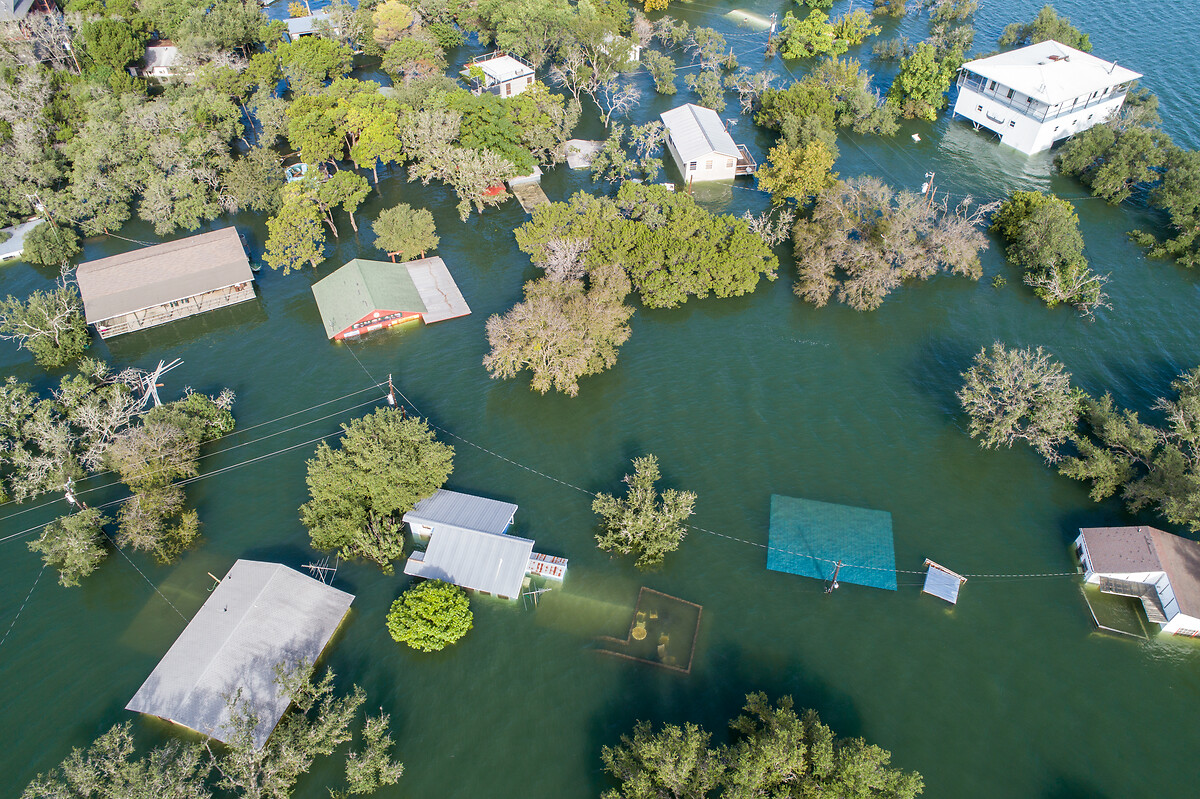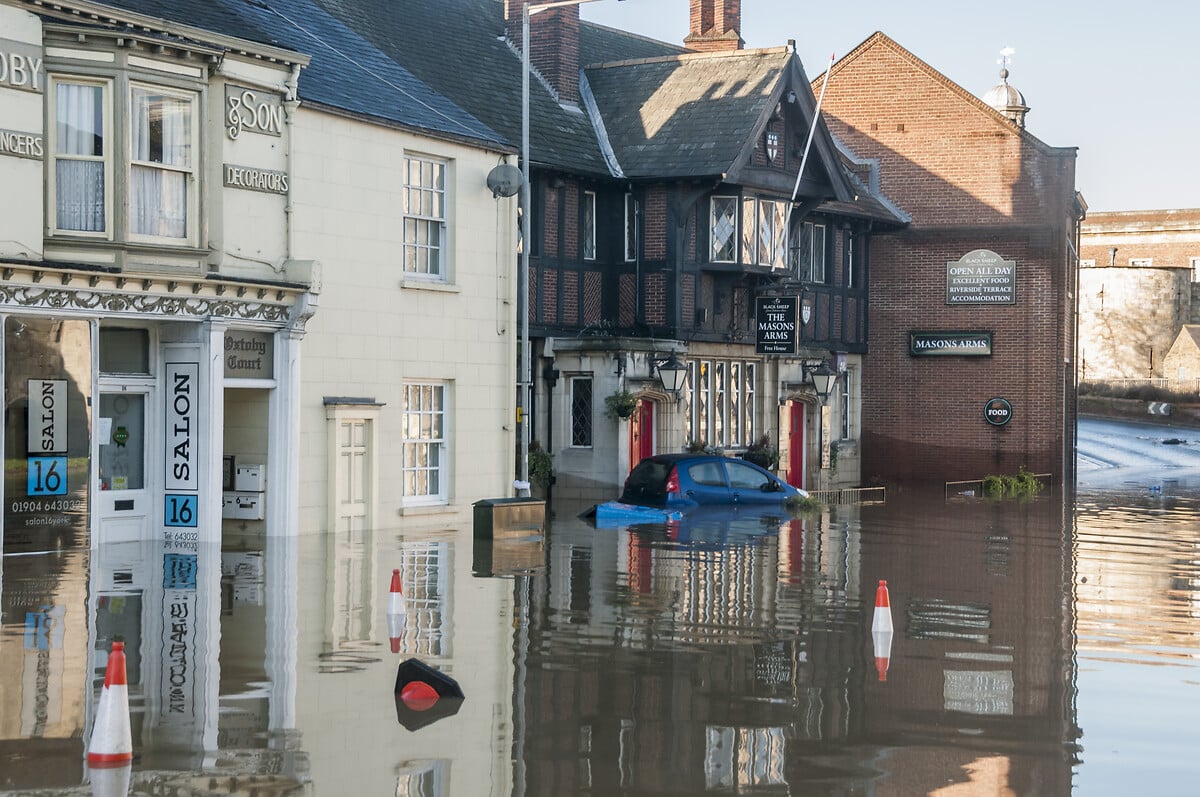> Tags: Climate resilience, Infrastructure, Partnership, Sea-level rise
> Themes: Climate change, Finance
> Country: United Kingdom
> Last updated: 04 June 2020
Download PDFPolicy in practice
Building new and maintaining existing structural coastal defences requires significant resources, which poses challenges for government budgets. There are emerging examples of areas where funding for protection has shifted towards a beneficiary-pays model. In the United Kingdom, the shift was done in part to encourage community ownership of risk management, and to secure funding over the lifecycle of an investment.
The funding system for flood risk management (including coastal flood) in England and Wales underwent a substantial change in 2011. The existing system was funded by block grants from the central government and administered by the Environment Agency. The new system of “partnership” is an arrangement that promotes sharing of costs between the local and national levels. This change shifted part of the burden of investments on those who would benefit from the associated risk reduction.
The cost-sharing agreement is determined by the total value of benefits for households, businesses and environment that result from flood or coastal erosion risks being managed. In addition, the percentage of national funding contributed is on a scale that depends on the income level of a community to favour more high-risk, low-income communities receiving assistance. The policy change included a provision that properties built after January 2012 are ineligible for funding, to avoid encouraging inappropriate development in areas at risk.
One of the primary goals of the policy change was to allow more projects to be funded. In addition, communities with a financial investment in managing risk should have an incentive to manage project costs throughout the project life cycle. Early assessments of this new funding arrangement appear to be favourable and have documented an increase in external funding, although the difficulties of securing contributions at the local scale and from the private sector is still an express concern.
Key policy message
Shifting towards a beneficiary-pays model flood and coastal protection can help fund more projects, manage costs over the lifecycle of an investment and shift the burden of investments on those who would benefit from the associated risk reduction.



